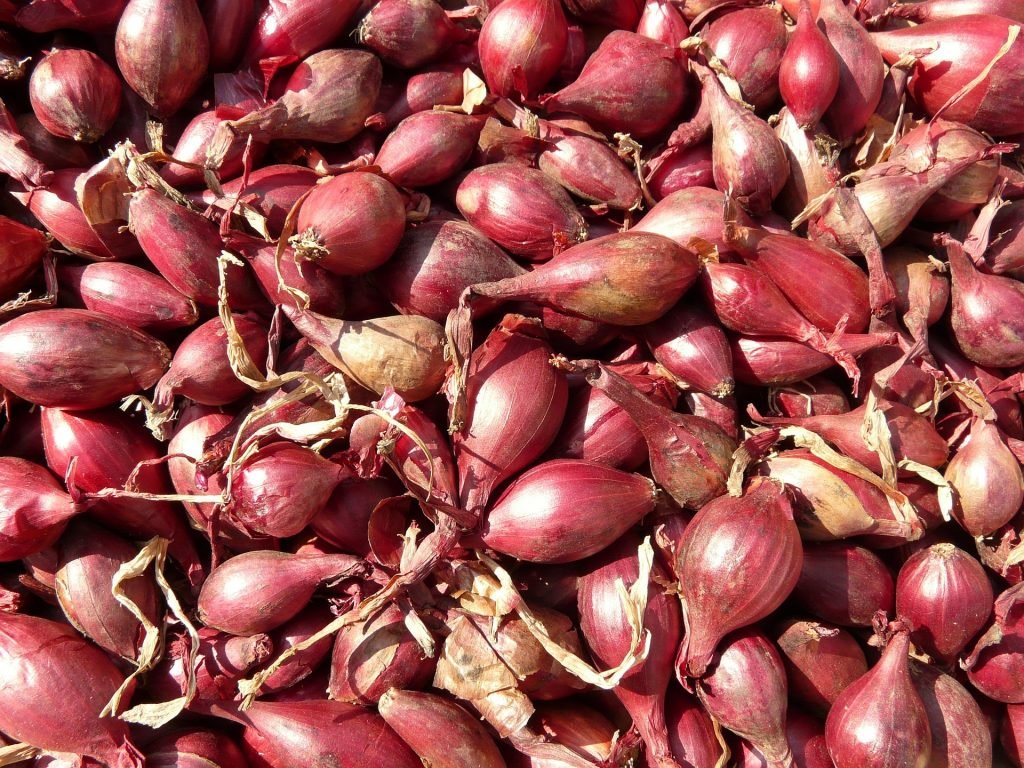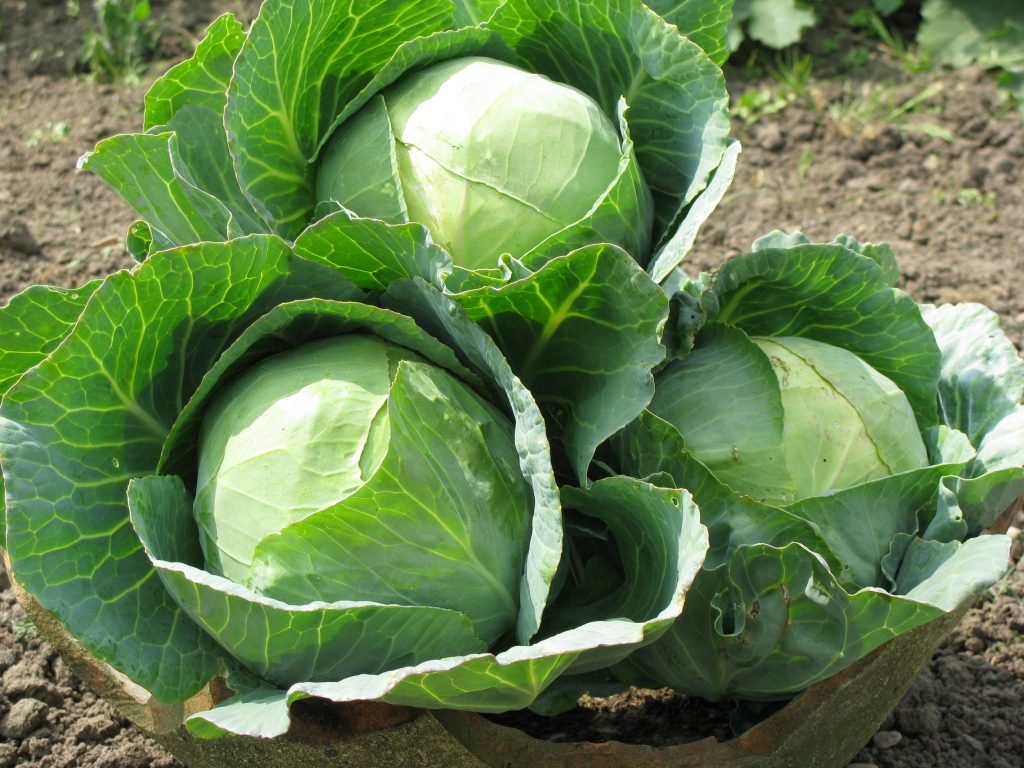There are several winter veggies that you can raise to complement your own home garden. So, if you enjoy growing (and eating) your vegetables, there’s no reason to put them on hold throughout the winter.
Some of the best winter vegetables are not only delicious but also visually appealing. Consider ruby-hued chard and structural leeks excellent choices for adding color and structure to your winter garden ideas.
‘Winter doesn’t signify the end of the growing season,’ said the gardening experts of The Greenhouse People. Suppose you’re serious about growing your organic fruits and vegetables for environmental and health reasons. In that case, many beautiful crops thrive in the winter months. While some may be ready to pick and eat all winter, you’ll be preparing others for quicker crops once the climate warms.
Here is a list of vegetables that we recommend growing in winter:
1. GARLIC

Garlic, a popular culinary item, is cultivatable both in spring and fall. However, doing the former will allow you to plan for the following year and give the bulbs more time to bulk up. They’ll get ready to pick by the summer.
Samantha Jones, a horticulture specialist of MyJobQuote, recommends planting the ‘Early Start Wight’ type, which is exceptionally hardy in cold weather. You could try growing ‘Elephant’ garlic if you want large garlic bulbs.
This crop is easy to care for and works well in all plot sizes.
2. ROMANESCO CAULIFLOWER

This glitzy veggie is nothing like its paler relative. The lime-green heads with crinkly whirling florets are a striking addition to the garden.
They’re usually ready to harvest around September. Still, they’ll keep going for a little longer if the winters are less cold. Plus, if frost is expected, you may always add some extra protection with fleece.
You’ll get a second crop if you pick the changes made when they’re little. Allow them to grow larger and enjoy their lovely color and shape as a feature of their right before picking flowers for the pot.
3. SHALLOTS

Shallots have such a sweeter flavor than onions and can be sown from October through spring. Samantha Jones, a horticultural specialist at MyJobQuote, suggests the ‘Jermor’ type, which can withstand cold weather. It’s also well-known for being a dependable cropper.
However, even as RHS warns, September planting is not suited to soils prone to waterlogging. This happens because the plant is more susceptible to illness.
4. CABBAGES

The autumn vegetable garden adores cabbage for its ornamental characteristics as well as its reliability in the kitchen. They appear in a variety of shapes and sizes, as well as those cultivated only for ornamental purposes, which may be potted out in pots for a lovely winter show.
The ‘January King’ variety has a subtle purple hue to the foliage as well as an excellent flavor, and red varieties look and taste fantastic. Similarly, ‘Tundra’ is a robust winter savoy that may be picked starting in November.
5. BROAD BEANS

‘If you delayed sowing wide beans in October, grow some under the glass for an April yield,’ suggests Hartley Botanic, a historic glasshouse producer. Sow the seeds in trays of multifunctional compost 5-8cm (2-3in) apart and 2.5cm (about 1in) deep or singly in tiny pots.
‘Place them in a cold, frost-free greenhouse to “harden up” before planting them outside in springtime,’ they add. ” “Aquadulce” or “Aquadulce Claudia” are dwarf and good for windy settings. “The Sutton” or “Robin Hood” are medium-sized and appropriate for windy sites “are the taller, more classic types.’
Suppose you live in a warmer climate and plant in a protected position with good soils. In that case, you may even seed directly in December and February, according to the RHS. Just be careful to keep young plants frost-free.
Here are some articles we suggest reading next:
